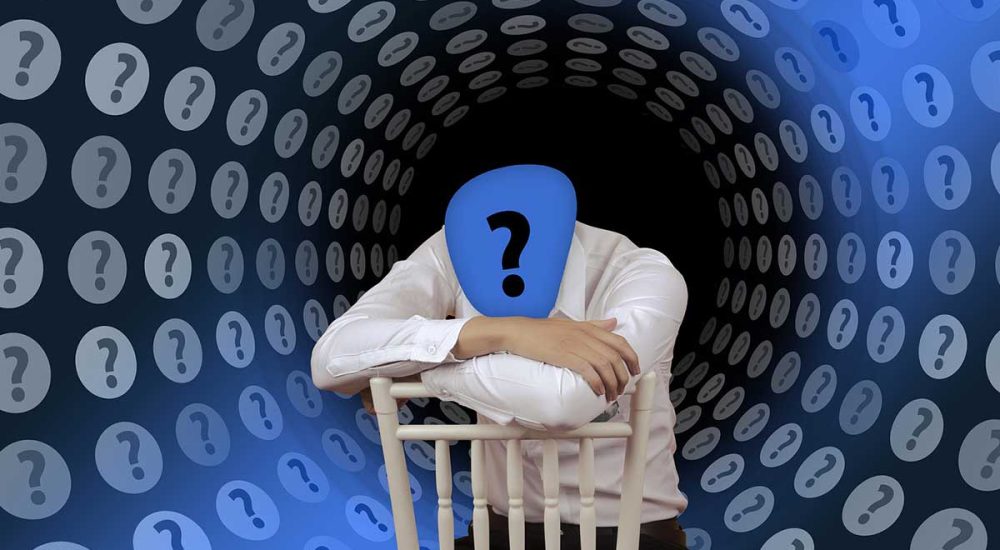Bipolar disorder is a health condition that affects a significant number of people worldwide. It involves experiencing changes, in mood, energy levels and activity which can greatly disrupt life.
The purpose of this article is to offer an understanding of the condition including its symptoms, causes, diagnosis methods, treatment options and effective strategies, for managing the condition.
Key Facts:
- Bipolar disorder affected about 40 million of individuals worldwide according to the World Health Organization. (1)
- The condition typically manifests in late adolescence or early adulthood, although it can appear at any age. (2)
- It is not caused by personal weakness, character flaws, or upbringing. It is a complex interplay of genetic, biological, and environmental factors. (3)
- The primary symptoms include manic episodes (elevated mood, increased energy) and depressive episodes (profound sadness, loss of interest). (4)
- Proper diagnosis and treatment can significantly improve the quality of life, allowing them to manage their symptoms effectively. (4)
Understanding Bipolar Disorder:
Previously referred to as manic-depressive illness, Bipolar Disorder is a long term mental health condition characterized by specific periods of heightened mood and periods of low mood. These episodes can last for days, weeks, or even months, varying in intensity and frequency.
Let’s explore its different aspects in detail.
Types of Bipolar Disorder (5):
Bipolar disorder encompasses different subtypes, each characterized by specific patterns of mood episodes. Understanding the types of bipolar disorder is crucial for accurate diagnosis, appropriate treatment planning, and effective management.
Let’s explore the various subtypes in detail:
1. Bipolar I Disorder:
This first type is the most severe form of the illness and is defined by the presence of manic episodes. In fact, a manic episode is a distinct period of abnormally elevated, expansive, or irritable mood lasting for at least one week.
During this episode, individuals experience symptoms that significantly impact their daily functioning and may require immediate medical attention.
Key Features of Bipolar I Disorder:
- Manic Episodes: Manic episodes in Bipolar I Disorder can be accompanied by psychotic symptoms such as hallucinations or delusions.
- Potential for Hospitalization: The intensity and severity of manic episodes often necessitate hospitalization to ensure safety and stabilize the individual’s mood.
- Depressive Episodes: Depressive episodes are also common in Bipolar I Disorder, alternating with manic episodes. These depressive episodes are similar to those experienced in Bipolar II Disorder.
2. Bipolar II Disorder:
Bipolar II Disorder is characterized by recurrent depressive episodes interspersed with hypomanic episodes. Hypomania is a milder form of mania, and while it does not lead to severe impairment, it can still disrupt daily functioning and overall well-being.
Key Features:
- Hypomanic Episodes: These episodes are marked by elevated mood, increased energy, and heightened creativity. Individuals may experience enhanced productivity, engage in goal-directed activities, and display increased sociability.
- Depressive Episodes: Depressive episodes are similar to those experienced in Bipolar I Disorder and can be severe, lasting for days, weeks, or even months.
- Less Likely to Require Hospitalization: Hypomanic episodes are less intense than manic episodes, which typically means individuals with Bipolar II Disorder are less likely to require hospitalization.
3. Cyclothymic Disorder:
Cyclothymic Disorder represents a milder form of bipolar disorder characterized by recurring mood swings that do not meet the criteria for full-blown manic or depressive episodes.
Additionally, these mood swings, which persist for at least two years, often involve periods of hypomania and mild depression.
Key Features:
- Chronic Mood Instability: Individuals with cyclothymic disorder experience frequent, fluctuating mood swings but do not meet the criteria for a manic or depressive episode.
- Persistent Pattern: The mood swings in cyclothymic disorder persist for an extended period, with symptoms occurring for more than half the time.
- Impact on Functioning: Although the symptoms are less severe than those seen in Bipolar I or II Disorder, cyclothymic disorder can still impact an individual’s daily functioning, relationships, and overall well-being.
4. Additional Specified and Unspecified Bipolar and Related Disorders:
The Diagnostic and Statistical Manual of Mental Disorders (DSM-5) encompasses classifications for “Additional Specified Bipolar and Related Disorders” and “Unspecified Bipolar and Related Disorders.”
These categories encompass presentations that do not precisely fit into the criteria for Bipolar I, II, or Cyclothymic Disorder but still involve significant mood disturbances.
Key Features:
- Atypical Presentations: The “Other Specified” category includes situations where individuals may experience manic, hypomanic, or depressive episodes that do not meet the full criteria for a specific subtype.
- Clinical Complexity: The “Unspecified” category is used when the clinician’s assessment indicates a bipolar disorder diagnosis, but the specific subtype cannot be determined due to inadequate information or atypical symptom patterns.
Understanding the different types of bipolar disorder is crucial for healthcare professionals in making an accurate diagnosis.
It enables them to develop an individualized treatment plan that aligns with the unique needs and experiences of each patient.
Furthermore, knowing the specific subtype can guide the prognosis, treatment response, and management strategies employed.
It is important to remember that bipolar disorder is a complex and heterogeneous condition, and individuals may exhibit variations in symptom presentation and severity.
Regular monitoring, open communication with healthcare providers, and ongoing evaluation are essential in ensuring effective management of the disorder.
By gaining a comprehensive understanding of the various types of bipolar disorder, we can promote early identification, improve treatment outcomes, and support individuals in their journey towards mental well-being.
